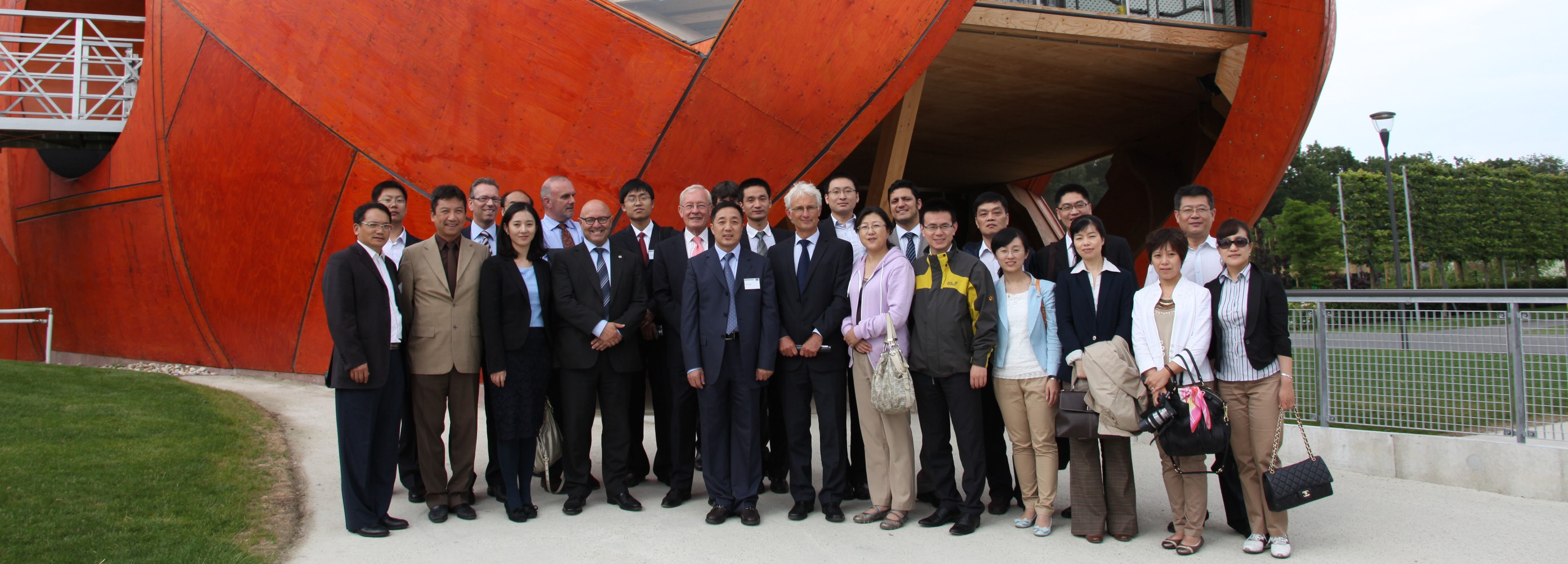Under the current financial framework 2014-2020, European Territorial Cooperation (ETC) accounts for about €9.62 billion. Since nearly 37.5% of the total EU population lives in cross-border areas, territorial cooperation has a large impact in promoting European integration. Cross-border, transnational and interregional projects deliver visible benefits for a vast amount of citizens. The European Union has defined four macro-regions based on common features or challenges that can be tackled in a cross-regional dimension: the Baltic Sea Region, the Danube region, the Adriatic/Ionian Region and the Alpine Region.
In China, the cooperation across provincial boundaries is also a key issue of regional development policy. According to information of Chinese NDRC experts involved in the CETREGIO programme, the potential for China to promote cross-border cooperation within the country is huge, especially in the Yangtze River or between Beijing, Tianjin and the Bohai Rim. Chinese experts have also stated that strong localism hinders coordinated economic development. The development of functional zones is crucial in order to avoid negative competition among cities. This is also a major issue in European regions. Therefore, the CETREGIO programme facilitated visits of European delegates to cross-border cooperation areas in China. This was the case for the Bohai Rim area (Tianjin and further 40 cities covering the broadest cross-border area of China), the Yangtze and the Pearl River.
Selected related activities:
Seminar in the EU for Chinese experts on the EU Danube Strategy
